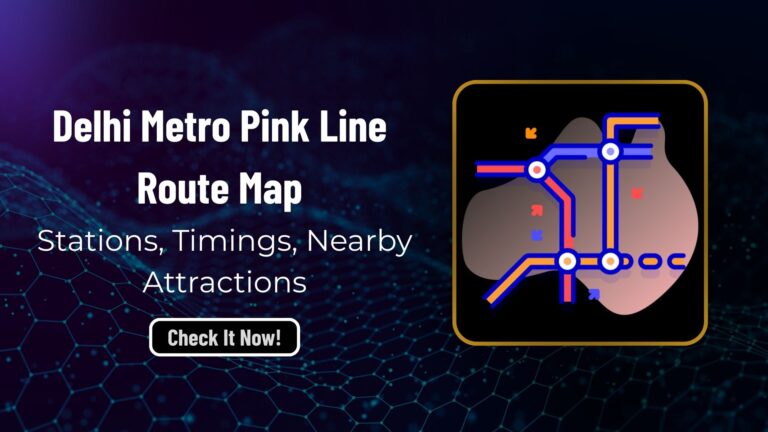Haryana Government recently approved two Regional Rapid Transit System (RRTS) corridors, namely the Delhi Alwar RRTS and Delhi Panipat corridors. This development marks a significant step forward in enhancing regional connectivity and improving transportation infrastructure in the National Capital Region (NCR).
Delhi Alwar RRTS Project Overview
The RRTS project aims to establish a high-speed rail corridor between Delhi, Gurgaon, Rewari and Alwar, covering a distance of approximately 164 kilometres. It will be an integrated public transportation system, designed to provide fast, reliable, and comfortable travel for commuters.
The approval of the two RRTS projects is a significant achievement for the NCR. The RRTS will provide a much-needed boost to the NCR’s economy and will help to improve the quality of life for millions of people in the region.
The RRTS trains will be high-speed, semi-high-speed, or regional trains, depending on the section of the corridor. These trains will have advanced features like air-conditioning, comfortable seating, and dedicated spaces for differently-abled passengers.
Delhi, Gurgaon, Rewari and Alwar RRTS Corridor
The RRTS project aims to establish a high-speed rail corridor between Delhi, Gurgaon, Rewari and Alwar, covering a distance of approximately 164 kilometres. It will be an integrated public transportation system, designed to provide fast, reliable, and comfortable travel for commuters.
Delhi, Gurgaon, Rewari and Alwar RRTS will have 21 stations, of which 16 will be in Haryana and 5 in Delhi. The stations in Delhi will be at:
• Udyog Vihar
• Gurgaon Sector 17
• Rajiv Chowk
• Kherki Daula
• Manesar
• Bilaspur Chowk
• Dharuhera
• Rewari
• Bawal
• SNB (Shahjahanpur – Neemrana – Behror)
• Shahjahanpur
• Neemrana
• Behror
• Sotanala
• Alwar
Delhi, Gurgaon, Rewari and Alwar RRTS is expected to be completed in three phases
• Phase 1: Delhi to SNB (106 km)
• Phase 2: SNB to Sotanala (35 km)
• Phase 3: Sotanala to Alwar (58 km)
Delhi-Gurgaon-Rewari and Alwar RRTS Route Map

Benefits of Delhi Alwar RRTS Corridors
Enhanced Connectivity: The RRTS corridors will significantly improve connectivity between Delhi and various towns and cities in Haryana. This will facilitate easier and faster travel for commuters, reducing travel time and congestion on existing road networks.
Economic Development: The improved connectivity will stimulate economic development in the region by promoting better accessibility to markets, industries, and job opportunities.
Environmental Impact: The RRTS corridors are designed to encourage the use of sustainable transportation, leading to a reduction in carbon emissions and air pollution. By providing a viable alternative to private vehicles, the corridors aim to promote a cleaner and greener environment.


